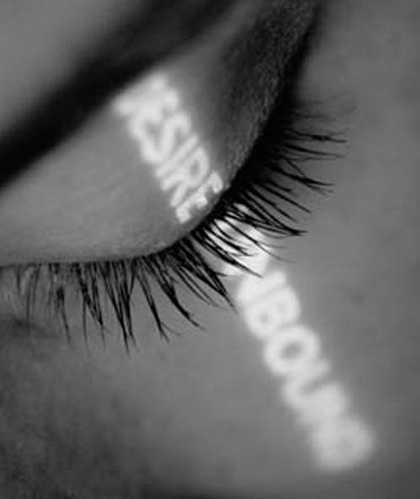To walk into this exhibition is to enter a different reality; where social and perceptual conventions disappear or become absurd; where neuroses, obsessions and fears are allowed to come to the surface; and where the 'marvellous' and the fantastic become the reality.
This is above reality - this is what André Breton, the 'Pope of Surrealism'; called 'surrealiti'. Surrealism is not just an art movement; it is a way of thinking, a way of life - a way of transforming existence. This display with its roll call of strange and wonderful images, demonstrates the variety of ways by which the Surrealists believed world transformation could be achieved. The period it covers is that which comes directly after the First World War, continuing through the years which ran seemingly inevitably up to the Second World War. This new 'religion' had to be broadcast and this was done in the form of magazines.
Littérature, which was published in 1919 by a group of poets in Paris, was the seed of the movement. Its nonconformist approach owed much to the unconventional and anti-art of the Europe-wide Dada movement. This group's anti-rational art fitted well into the Littérature group's experiments with automatic writing.
Many of the Dada artists such as Ernst, Arp, Picabia and Miró were attracted to surrealism because of its interest in poetry or in its anarchic and unconventional approach and all of them provided illustrations for Littérature. As Arp explained, 'I exhibited along with the surrealists because their rebellious attitude towards "art" and their direct attitude towards life were as wise as Dada.'


